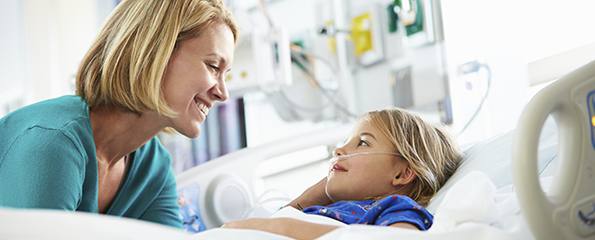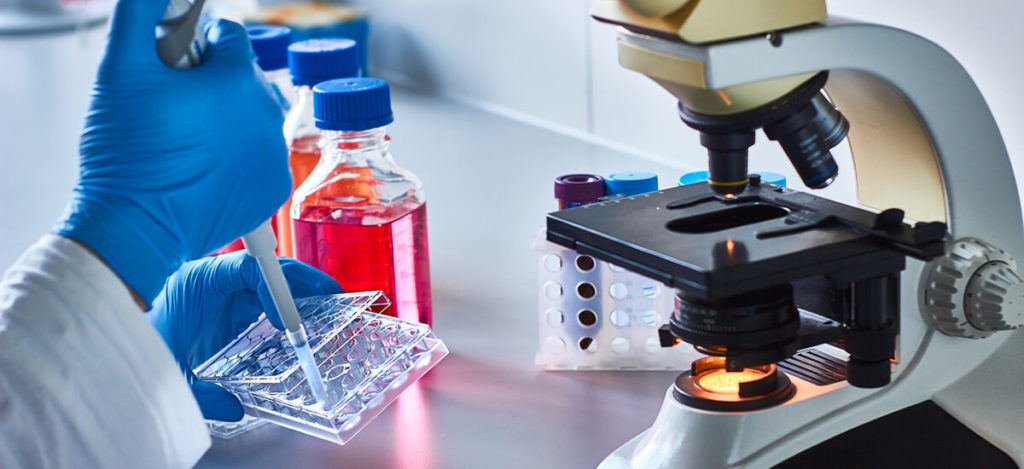RATIONALE: Drugs used in chemotherapy use different ways to stop cancer cells from dividing so they stop growing or die. Combining chemotherapy with autologous stem cell transplantation may allow the doctor to give higher doses of chemotherapy drugs and kill more cancer cells. Giving immunotherapy using cyclosporine, interferon gamma, and interleukin-2 after stem cell transplantation may help the transplanted cells kill more cancer cells. It is not yet known whether high-dose chemotherapy followed by autologous stem cell transplantation is more effective with or without immunotherapy.
PURPOSE: This randomized phase II/III trial is studying how well high-dose chemotherapy followed by autologous stem cell transplantation, cyclosporine, interferon gamma, and interleukin-2 works and compares it to high-dose chemotherapy followed by autologous stem cell transplantation only in treating patients with refractory or relapsed Hodgkin’s lymphoma.
Official Title
Phase II/III Randomized Study of Immunotherapy Comprising Cyclosporine, Interferon Gamma, and Interleukin-2 After High-Dose Myeloablative Chemotherapy With Autologous Stem Cell Transplantation in Patients With Refractory or Relapsed Hodgkin’s Lymphoma
Conditions
Study Type
Interventional
Study Design
TreatmentThis is a nonrandomized, multicenter phase II study followed by a randomized, multicenter phase III study. Patients are stratified according to study phase (II vs III). Patients receive 2 courses of salvage induction therapy on COG-AHOD00P1 or equivalent. Within 2-5 weeks after completion of salvage induction therapy, patients receive protocol therapy. All patients receive the following treatment: – Hyperfractionated involved-field radiotherapy: Patients who have completed prior salvage induction therapy and have not received full tissue tolerance from prior radiotherapy may receive hyperfractionated involved-field radiotherapy twice daily for 7 days. – High-dose preparative regimen: Beginning within 7 days after radiotherapy, patients receive carmustine IV over 3 hours on day -6; etoposide IV over 1 hour and cytarabine IV over 1 hour on days -5 to -2; and melphalan IV over 30 minutes on day -1. – Autologous stem cell transplantation: Patients undergo autologous bone marrow or peripheral blood stem cell transplantation on day 0. Patients then receive filgrastim (G-CSF) subcutaneously (SC) or IV beginning on day 1 and continuing until blood counts recover. – Immunotherapy: Patients receive cyclosporine IV twice daily beginning on day 0 and continuing until the completion of the course of interferon gamma and interleukin-2. When sufficiently recovered, patients also receive interferon gamma SC every other day for 10 doses. Beginning 2 days after the start of interferon gamma, patients also receive interleukin-2 SC once daily for 18 days. – Patients who respond to prior salvage induction therapy are randomized to 1 of 2 treatment arms. Patients who have progressive disease after 2 courses of prior salvage induction therapy are assigned to arm I. – Arm I: Patients receive treatment as in phase II. – Arm II: Patients receive treatment as in phase II without immunotherapy. In both phases, treatment continues in the absence of disease progression or unacceptable toxicity. Patients are followed at 1 year.
Further Details
OBJECTIVES:Primary- Determine the feasibility and toxicity of immunotherapy comprising cyclosporine, interferon gamma, and interleukin-2 after high-dose myeloablative chemotherapy with autologous stem cell transplantation (ASCT) in patients with refractory or relapsed Hodgkin’s lymphoma. – Compare the event-free and overall survival of patients treated with vs without this immunotherapy regimen. Secondary- Determine the event-free and overall survival rates, toxic effects, and response rates to reinduction chemotherapy followed by hyperfractionated involved-field radiotherapy, high-dose chemotherapy comprising carmustine, etoposide, cytarabine, and melphalan, and ASCT in these patients. – Correlate tumor biologic characteristics with response in patients treated with these regimens. – Determine the effectiveness of this immunotherapy regimen in producing autologous graft-vs-host disease (GVHD) and auto-reactive cytotoxic T-lymphocyte activity in these patients. – Correlate greater levels of autologous GVHD and in vitro cytolytic activity with improved event-free and overall survival in patients treated with these regimens. – Determine whether treatment with immunotherapy can overcome the negative prognostic significance of p53 mutation and high serum levels of interleukin-10 and interleukin-2 receptor in these patients. – Determine the genotoxicity of retrieval therapy and the incidence of hypermutability by longitudinal genotoxic biomonitoring in these patients. – Correlate HLA class II invariant peptide (CLIP) expression in tumor cells with improved event-free and overall survival in patients treated with immunotherapy regimen.
Study Start
Eligibility & Criteria
Ages Eligible for Study: up to 30 YearsGenders Eligible for Study: Both CriteriaDISEASE CHARACTERISTICS:- Diagnosis of Hodgkin’s lymphoma – Histologically confirmed at original diagnosis AND at relapse or disease progression – Relapsed or refractory to conventional therapy – No recurrence without B symptoms or bulky disease at least 1 year after completion of minimal systemic therapy defined by either of the following: – Stage IA/IIA with nodal disease previously treated with radiotherapy only – Stage IA/IIA with nodal disease previously treated with less than 3 courses of standard dose chemotherapy – Concurrently enrolled on the COG-AHOD00P1 salvage chemotherapy study OR received other appropriate salvage therapy (e.g., ifosfamide and vinorelbine) PATIENT CHARACTERISTICS:Age: Under 30 Performance status: ECOG 0-2 (for adults); Lansky 50-100% (for children) Life expectancy: At least 2 months Hematopoietic: Absolute neutrophil count at least 500/mm^3 Hepatic: Bilirubin no greater than 1.5 times normal; SGPT less than 2.5 times normal Renal: Creatinine no greater than 1.5 times normal OR Creatinine clearance or radioisotope glomerular filtration rate at least 70 mL/min/1.73 m^2 Cardiovascular: Shortening fraction at least 27% by echocardiogram OR Ejection fraction at least 50% by MUGA Pulmonary: No evidence of dyspnea at rest; No exercise intolerance; DLCO at least 50% (patients 8 years of age and over) Other: Not pregnant or nursing; Negative pregnancy test; No concurrent serious illness PRIOR CONCURRENT THERAPY:Biologic therapy: Recovered from prior immunotherapy At least 1 week since prior antineoplastic biologic agents More than 1 week since prior growth factors No prior stem cell transplantation No other concurrent immunomodulating agents Chemotherapy: See Disease Characteristics More than 2 weeks since prior myelosuppressive chemotherapy (4 weeks for nitrosoureas) and recovered No other concurrent anticancer chemotherapy Endocrine therapyNo concurrent steroids, including dexamethasone as an antiemetic RadiotherapySee Disease Characteristics Recovered from prior radiotherapy SurgeryNot specified OtherNo concurrent participation in another COG therapeutic study
Total Enrolment
A total of 156 patients (25 for phase II and 131 for phase III) will be accrued for this study withi
Contact Details
Australia, Western AustraliaPrincess Margaret Hospital for Children, Perth, Western Australia, Australia; Recruiting David Baker 0116189340-8234
All content and media on the HealthEngine Blog is created and published online for informational purposes only. It is not intended to be a substitute for professional medical advice and should not be relied on as health or personal advice. Always seek the guidance of your doctor or other qualified health professional with any questions you may have regarding your health or a medical condition. Never disregard the advice of a medical professional, or delay in seeking it because of something you have read on this Website. If you think you may have a medical emergency, call your doctor, go to the nearest hospital emergency department, or call the emergency services immediately.







